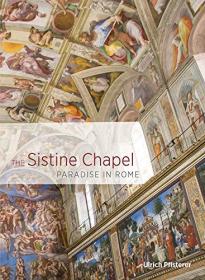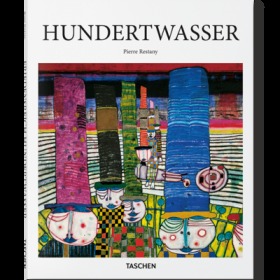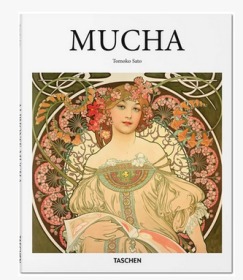
Sistine Chapel - Paradise in Rome西斯廷礼拜堂:罗马的天堂 英文原版
关于作者 Ulrich Pfisterer是慕尼黑Lugwig Maximilians大学艺术史研究所的艺术史教授。大卫多伦迈耶是一位获奖的文学翻译和退休教授在伍斯特理工学院在伍斯特,马萨诸塞州德语。
¥ 180 7.9折 ¥ 227 九五品
仅1件
作者Ulrich Pfisterer 著
出版社Getty Publications
ISBN9781606065532
出版时间2018-08
印刷时间2018-08
印数1千册
装帧平装
开本16开
纸张铜版纸
页数184页
字数1千字
定价227元
上书时间2021-04-13
- 在售商品 暂无
- 平均发货时间 31小时
- 好评率 暂无
- 店主推荐
- 最新上架
商品详情
- 品相描述:九五品
- 商品描述
-
西斯廷教堂的艺术是由相互竞争的艺术家装饰的,由同样竞争激烈的教皇委托的,是一个主题、时间和艺术参考的复杂结构。1481年至1541年间,教堂进行了四次主要的装饰活动,每增加一次,基本主题都得到越来越具体的表达。一个主要的主题在小教堂中起着核心作用:教皇权威的合法化,这是由两把钥匙象征的,一把银,一把金,通往天国。
西斯廷教堂:天堂在罗马是一个简洁,信息丰富的西斯廷教堂帐户。在对这段复杂历史的解读中,乌尔里希·普菲斯特揭示了这些图像与神学、政治以及艺术家自身意图的显著统一,其中包括波提切利、米开朗基罗和拉斐尔等家喻户晓的人物。通过对西斯廷教堂主要装饰活动的研究,普菲斯特认为,艺术将教堂改造成通往上帝王国的通道,使教皇的绝对权威合法化。这篇散文最初是用德语出版的,在译者大卫·多伦迈耶的灵巧之手下,用英语生动地再现了这篇散文。
The art of the Sistine Chapel, decorated by artists who competed with one another and commissioned by popes who were equally competitive, is a complex fabric of thematic, chronological, and artistic references. Four main campaigns were undertaken to decorate the chapel between 1481 and 1541, and with each new addition, fundamental themes found increasingly concrete expression. One overarching theme plays a central role in the chapel: the legitimization of papal authority, as symbolized by two keys—one silver, one gold—to the kingdom of heaven.
The Sistine Chapel: Paradise in Rome is a concise, informative account of the Sistine Chapel. In unpacking this complex history, Ulrich Pfisterer reveals the remarkable unity of the images in relation to theology, politics, and the intentions of the artists themselves, who included such household names as Botticelli, Michelangelo, and Raphael. Through a study of the main campaigns to adorn the Sistine Chapel, Pfisterer argues that the art transformed the chapel into a pathway to the kingdom of God, legitimizing the absolute authority of the popes. First published in German, the prose comes to life in English in the deft hands of translator David Dollenmayer.
— 没有更多了 —




























以下为对购买帮助不大的评价